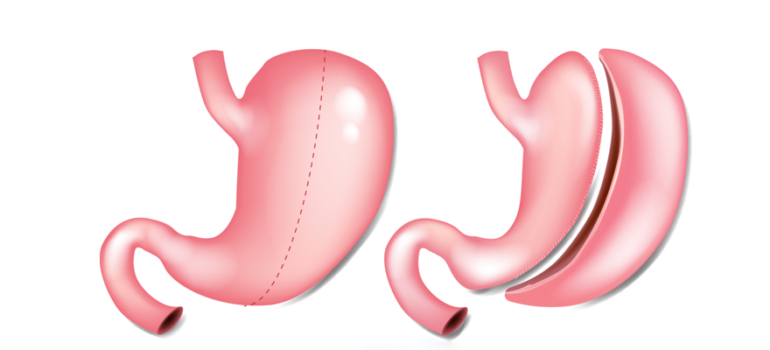Inguinal Hernia
An inguinal (pronounced “ingwinal”) hernia is the most common type of hernia. It can appear as a swelling or lump in your groin, or as an enlarged scrotum (the pouch containing the testicles). The swelling may be painful. The lump often appears when you’re lifting something and disappears when you lie down.
An inguinal (pronounced “ingwinal”) hernia is the most common type of hernia. It can appear as a swelling or lump in your groin, or as an enlarged scrotum (the pouch containing the testicles). The swelling may be painful. The lump often appears when you’re lifting something and disappears when you lie down.








